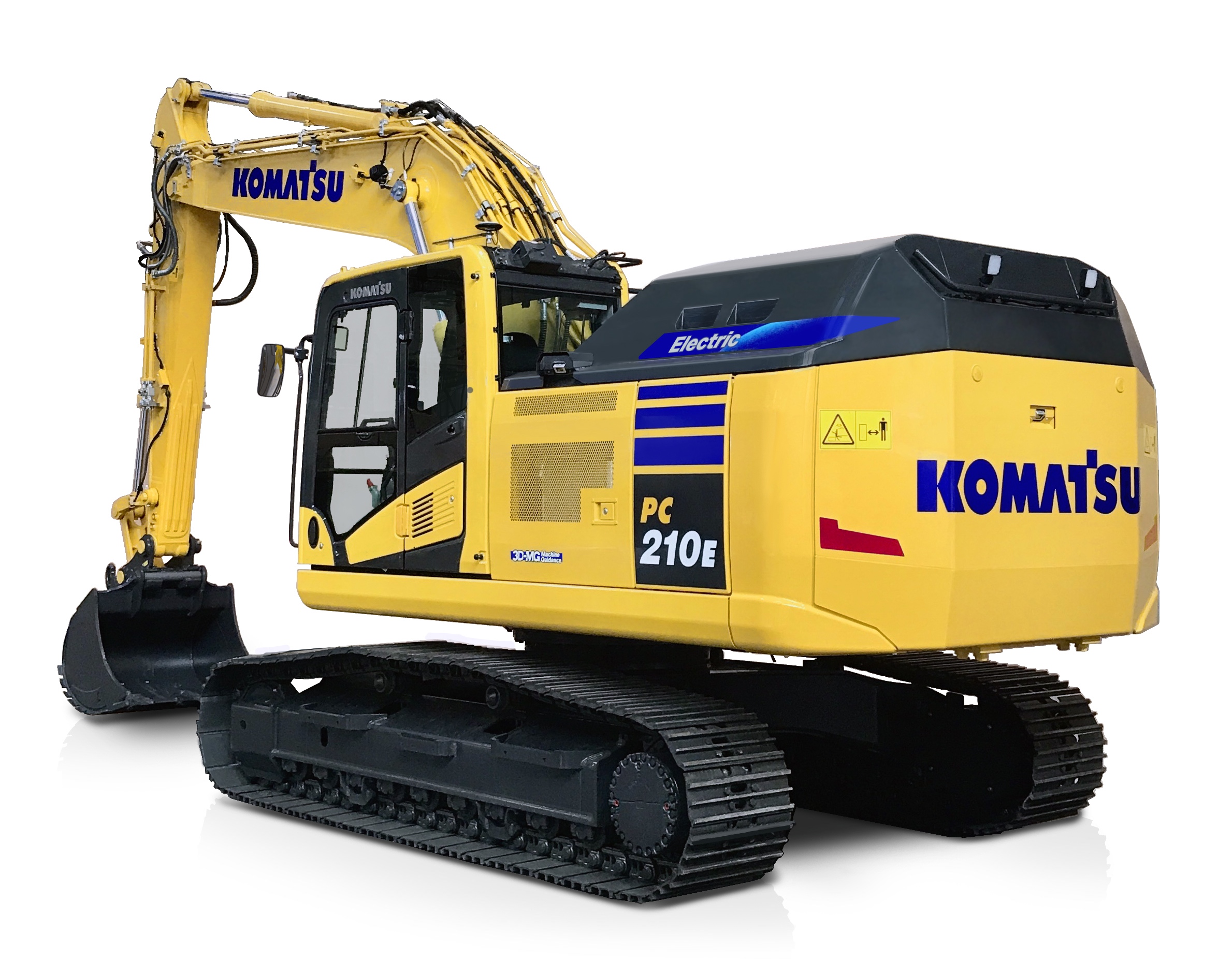Introduction to Safety Chat Platforms
In today’s fast-paced work environment, communication plays a critical role in ensuring the safety and efficiency of teams. Many industries, including construction, manufacturing, healthcare, and logistics, rely on real-time communication to handle emergencies, share safety guidelines, and coordinate effectively. This is where Safety chat platforms become invaluable. These platforms are designed to streamline communication while prioritizing safety and compliance. Choosing the right safety chat platforms for your business is not just about convenience—it’s about ensuring smooth operations and protecting employees.
Why Safety Chat Platforms Matter for Businesses
Workplace safety depends heavily on communication. Traditional methods like emails or bulletin boards are often too slow in emergency situations. Safety chat platforms allow instant communication between team members, supervisors, and managers. With features like real-time messaging, incident reporting, and group alerts, businesses can respond faster to risks. Moreover, safety chat platforms improve record-keeping by storing conversations and incident reports for compliance audits and investigations.
Key Features to Look for in Safety Chat Platforms
Not all safety chat platforms are the same, so businesses must evaluate which features suit their needs. Some critical features include:
- Real-time communication to ensure immediate responses during emergencies.
- Group chat and broadcasting to send mass alerts to entire teams or departments.
- Integration with safety software for tracking incidents, audits, and reports.
- Mobile accessibility so employees can communicate on the go.
- Security and compliance tools to protect sensitive safety data.
- Offline functionality for remote areas with limited internet access.
When assessing safety chat platforms, businesses should prioritize tools that align with their industry standards and operational challenges.
Benefits of Using Safety Chat Platforms
Adopting safety chat platforms brings multiple advantages to businesses. First, they enhance communication efficiency by reducing delays in safety-related discussions. Second, they create a safer environment by enabling immediate reporting of hazards. Third, safety chat platforms contribute to employee engagement since workers feel more secure knowing they have a direct line of communication with supervisors. Finally, these platforms reduce the risk of miscommunication by providing clear, documented channels for safety updates and alerts.
Safety Chat Platforms vs Traditional Tools
Many companies still use radios, phone calls, or emails for workplace communication. However, safety chat platforms offer more advanced features. Unlike radios, they support multimedia messages, including photos and videos of hazards. Compared to phone calls, they allow group communication rather than one-on-one interactions. Unlike emails, safety chat platforms provide instant delivery, making them far more suitable for time-sensitive safety matters. Businesses that transition to these platforms often find their safety response times and overall efficiency improve significantly.
Choosing the Right Safety Chat Platforms for Your Industry
Different industries have different communication requirements. For example, construction companies need safety chat platforms that function well in outdoor environments with limited connectivity. Manufacturing industries benefit from platforms with strong compliance reporting features. Healthcare facilities require safety chat platforms that ensure patient data confidentiality. Logistics companies rely on mobile-friendly tools to keep drivers connected on the road. Therefore, businesses must choose solutions tailored to their specific safety challenges.
Implementation of Safety Chat Platforms in the Workplace
Selecting a platform is only the first step—successful implementation is just as important. Businesses should train employees on how to use safety chat platforms effectively. They should establish clear communication protocols, such as which types of messages require immediate action. Regular monitoring and feedback sessions help identify gaps in usage. Integrating safety chat platforms with existing workplace safety systems ensures smoother adoption and higher employee compliance.
Overcoming Challenges with Safety Chat Platforms
While safety chat platforms offer significant benefits, businesses may face challenges during adoption. Resistance to change is common, as some employees may prefer traditional communication methods. Additionally, businesses must ensure proper cybersecurity measures to protect sensitive data. Connectivity issues in remote areas can also limit effectiveness. However, choosing reliable safety chat platforms with offline capabilities and strong security protocols can resolve many of these issues.
Future of Safety Chat Platforms
Technology continues to evolve, and safety chat platforms are becoming more advanced. Artificial intelligence integration allows predictive safety alerts, while automation helps streamline incident reporting. Cloud-based systems enable greater scalability for growing businesses. As workplace safety regulations tighten, businesses will increasingly rely on safety chat platforms to maintain compliance and protect their workforce.
Conclusion: Making the Right Choice
Selecting the right safety chat platforms is a crucial decision for any business that values communication, compliance, and employee safety. The best platforms offer real-time communication, compliance tools, mobile access, and strong security. Businesses should evaluate their industry-specific needs, involve employees in the selection process, and ensure proper implementation. By doing so, they can maximize the benefits of safety chat platforms and create a safer, more efficient workplace.



